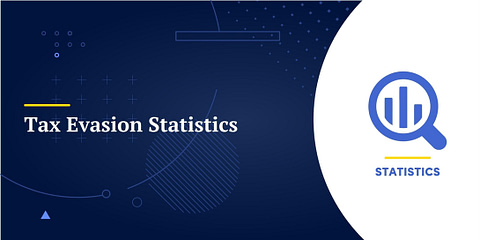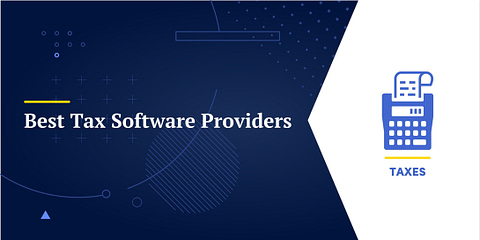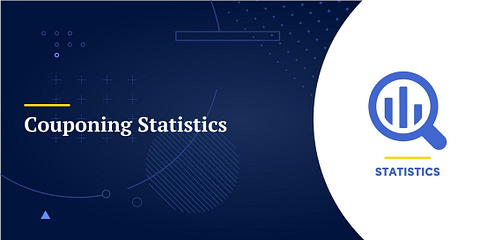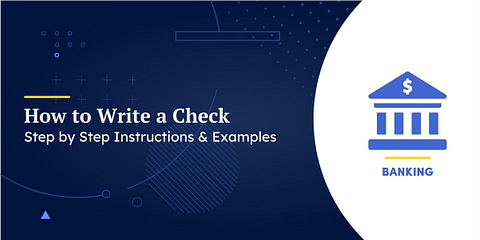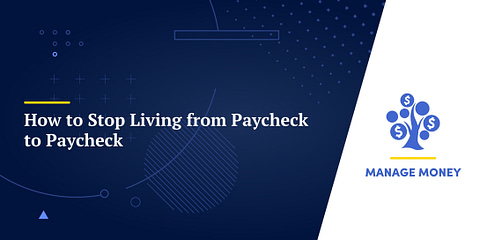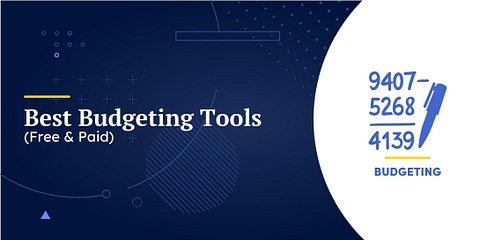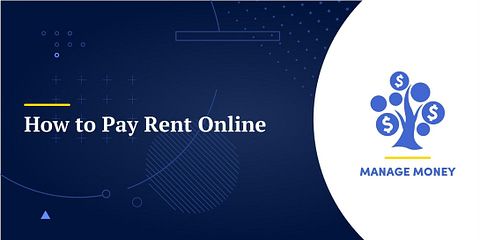If you owe money to the IRS, you’re not alone. According to the most recent figures available from the IRS, Americans owed over $121 billion in back taxes, penalties, and interest in 2019[1]. Having company doesn’t make your situation any better, though. Even if enforcement action hasn’t started yet, you need to take immediate action to resolve tax debt. Here’s how to start.
Get Serious
The IRS may not be as aggressive as some other debt collectors. They won’t call you every day, call your workplace, or harass you continuously. That doesn’t mean you can ignore your debt. Tax debt is among the most serious forms of debt you can have. You can’t escape it: most tax debts cannot be discharged in bankruptcy. Unlike other creditors, the IRS can seize assets, garnish wages, and take other enforcement actions without a court proceeding.
Never ignore an IRS notice. Always respond promptly. File every tax return on time, and if you’ve missed one, catch up as soon as possible. If you have multiple debts, give your tax debts the highest priority, even if another collector is giving you a hard time. Never try to cheat the IRS. You cannot go to jail because you owe more than you can pay. You can and will be imprisoned if you intentionally cheat.
Take IRS debts seriously. If you owe money to the IRS, face the problem and get to work. The IRS will happily work with you and offers several ways to make payment easier. If you try to run, hide, or ignore them, things probably won’t go well.
Request Your Transcript
Start by learning to learn where you stand with the IRS. The IRS offers a mechanism that allows you to view your tax status online. You’ll need to create your own IRS account and establish your unique login credentials.
Once you have an account you’ll be able to download an account transcript. The transcript will show what tax has been assessed to you, what you have paid, and what remains unpaid.
Get into Compliance
You cannot resolve any tax dispute or delinquency without first getting into tax compliance. In most cases, you will be considered compliant if you have filed all tax returns for the most recent six tax years and current tax period payments are being made.
The IRS can extend the compliance beyond six years under some circumstances[2]. For example, if you have a history of tax issues, if the IRS thinks you have received illegal income, if they think you owe a large amount and some other circumstances – returns may be required beyond six years. Management-level IRS personnel must approve enforcement action on returns more than six years old.
If you do not meet these special circumstances, you can achieve compliance by filing the tax returns for the most recent six tax years and setting up a payment program.
Getting Right with the IRS
There is a tax debt resolution program offered by the IRS for almost every taxpayer circumstance. The best program for you depends on a variety of factors, including the amount you owe and your current finances.
Installment Agreements
Installment agreements are payment plans for paying off tax debt. If you successfully enter into an installment agreement, the IRS will stop collection enforcement activity as long as you make your monthly payments on time.
There are four different types of installment agreements:
- Guaranteed: The IRS will automatically agree to an installment plan if you owe $10,000 or less. The minimum monthly payment the IRS will accept is the total of your balance due, including penalties and interest, divided by thirty-six months.
- Streamlined: To qualify for a Streamlined Installment Agreement, you must owe $100,000 or less in assessed balances of taxes, penalties, and interest. If you are dealing with business tax arrears, your business must owe $25,000 or less in taxes. You must agree to fully pay off the balance within eighty-four months (seven years). One of the advantages of a streamlined installment agreement is that the IRS will probably not take any additional enforcement actions such as bank levies, wage garnishments, seizure, or Social Security levies. Setting up a streamlined installment agreement will put you in good standing with the IRS.
- Non-Streamlined: If you don’t meet any of the other criteria for a streamlined or guaranteed installment agreement, you may qualify for a non-streamed installment agreement. Under a non-streamlined installment agreement, you will pay off as much of the tax debt you can afford to pay, based on the IRS’ review of Form 433-F financial statement, over a ten-year period. Once the ten-year “statute of limitations” period has lapsed, any remaining tax debt may be forgiven.
- Partial Pay Installment Agreement: The partial pay installment agreement allows you to pay back an amount deemed reasonable, considering your income and essential living expenses. You’ll submit the Form 433-F financial statement to determine the amount you must pay, and the IRS will require you to resubmit the financial statement every two years for review. If your income or expenses change, your payment will also change.
⚠️ Be scrupulously honest in all documents you submit. If you try to hide income or exaggerate your needs your agreement could be rejected. If the IRS approves your agreement, pay your installments scrupulously.
Offer in Compromise
An offer in compromise may allow you to settle your tax debt quickly for less than the balance you owe. It is difficult to get an offer in compromise approved by the IRS: most requests are rejected.
There are only three situations when the IRS may accept an offer in compromise:
- Doubt as to Liability: There’s a genuine dispute about the amount you owe, or whether you owe anything at all;
- Doubt as to Collectability: Your assets and income are less than the full amount of the tax liability, and the IRS believes your tax debt may not be fully collectible; or
- Effective Tax Administration: There’s no doubt that you owe the full amount and that the IRS could collect it, but paying in full would create a financial hardship , or there are exceptional circumstances that would make it unfair and inequitable for the IRS to collect the full amount.
While filling out your offer in compromise, you can choose from two different payment options:
- Lump Sum: You include at least twenty percent of your offer upfront. Then you’ll pay the remaining balance in five or fewer payments within five months of the date the IRS accepts the offer; or
- Periodic Payment Plan: Include your first payment with the offer. You’ll pay the remaining balance within six to twenty-four months, based on your proposed terms. You’ll also need to continue making payments while the IRS is considering your offer; otherwise, they will reject your offer without appeal.
If you want to make an offer in compromise, you must confirm your eligibility and properly prepare IRS Form 656.
Temporary Delay of Collection
If you can prove to the IRS that you cannot afford to pay the tax debt you owe, the IRS may decide that your debt is uncollectible and grant a temporary delay of collection. Before this is granted the IRS will assess your income and expenses to determine whether or not you have the ability to pay.
The IRS will not take enforcement action against you while this status continues. Interest will continue to accumulate on the amount that you owe. If your financial circumstances improve you will have to start making payments on your debt. Your finances will be re-evaluated every year to determine whether you are able to pay.
Innocent Spouse Relief
Most married taxpayers file joint tax returns. If your spouse or former spouse has created a tax deficiency without your knowledge, you may be eligible for innocent spouse relief. The IRS may eliminate all or part of your tax liability if you can prove that you didn’t know about the items that created the tax deficiency and that it would be unfair to hold you liable.
There are several forms of innocent spouse relief, and this IRS document explains them fully.
Consider Professional Help
If you owe money to the IRS, consider consulting a qualified tax adviser or tax attorney. You’ll have to pay for the services, but if you negotiate a better deal you could still come out ahead.
If you are invited for a collection interview, consult a tax adviser before your interview. You’ll need to be well prepared. You are entitled to representation at an interview, so consider retaining an attorney to represent you.
⚠️ You have the right to courteous and professional treatment. If you feel that isn’t given, you can request to speak to a supervisor.
Consider a Loan
The IRS suggests taking out a loan to pay your tax debt[3]. The interest on your loan could be lower than the penalties that the IRS assesses. That could make a loan a cost-effective solution.
Your lender will also have the range of collection options that the IRS has. A loan could be dischargeable in bankruptcy, but be careful about taking out a loan to pay taxes if you are considering bankruptcy. If you take out a loan with the intention of having it discharged in bankruptcy the lender can challenge the discharge and your entire bankruptcy proceeding could be at risk.
Take the Initiative
If you owe tax arrears or have received a notice from the IRS concerning a tax deficiency, don’t panic. You are going to survive this. Communicate immediately with the IRS agent handling your case. Taking the initiative to make contact is a sign of good faith and could make negotiation easier. Start by catching up on any returns you haven’t filed. Then choose the IRS tax resolution option that is most beneficial for your specific situation.
Tax debts will not go away, and the IRS has a wide range of options for collecting them. On the brighter side, the IRS does not want to seize your property or garnish your wages. If you take the effort to work with them, they will work with you.


